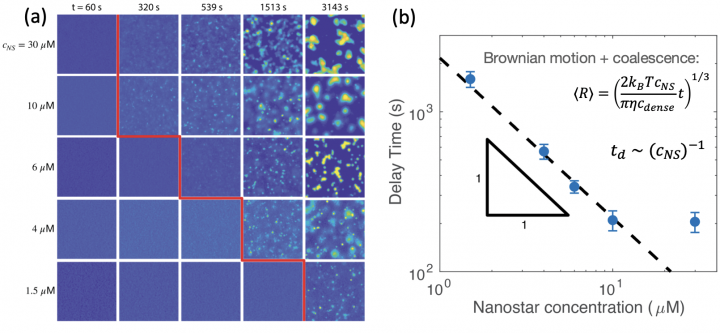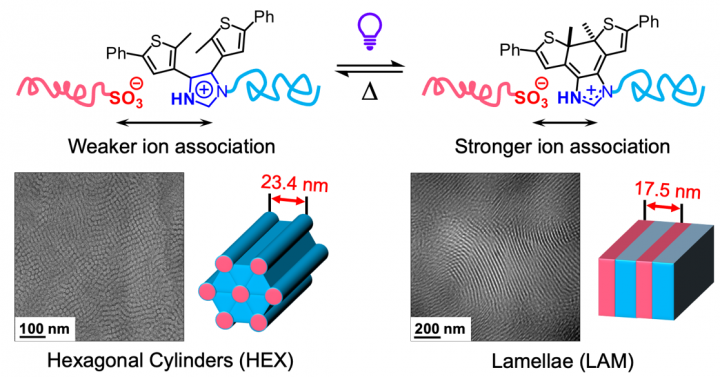MRSEC Education Resources and Opportunities
MRSECs support interdisciplinary materials research and education of the highest quality while addressing fundamental problems in science and engineering that are important to society. Read about how MRSECs function along with opportunities they offer in research, collaboration, and outreach and professional development.



